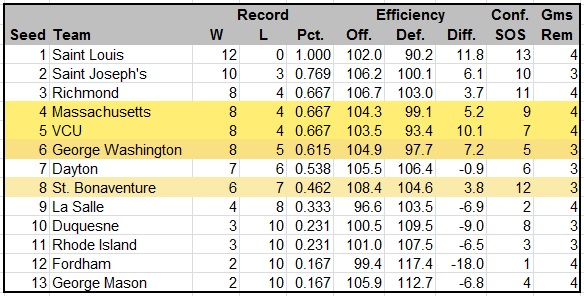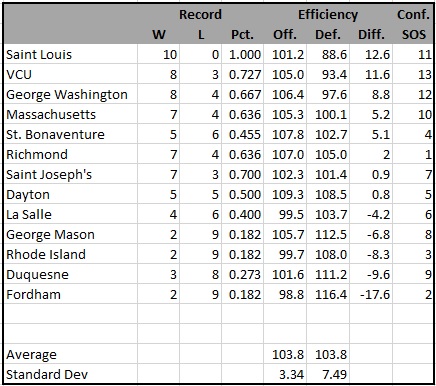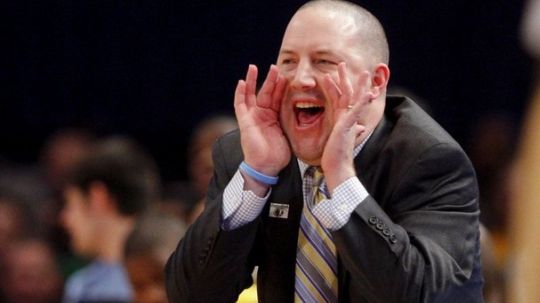Redemption for Marcus Smart and Oklahoma State Last Night Against Kansas
Posted by Eli Linton on March 2nd, 2014Eli Linton is a RTC correspondent. He filed this report after Saturday night’s game between Kansas and Oklahoma State.
Before Saturday night’s critical matchup between Kansas and Oklahoma State, the two teams were headed in opposite directions. Oklahoma State, which had been touted as a preseason favorite for both the Big 12 championship and a Final Four run, collapsed in February. A seven-game losing streak and the suspension of Marcus Smart threatened to make this season one of the biggest disasters in school history. Kansas, on the other hand, was once again riding its sensational talent to its 10th straight conference title. While the Cowboys were simply hoping to be find a way into the last four in the Big Dance, Kansas had its sights set on the Final Four. But on Saturday night, it was Marcus Smart’s team that found redemption, just when it seemed they had let the season slip away.
A lot of deserving criticism has been leveled at Smart for the part he played in the Cowboys’ downfall, but on Saturday he was the best player on the floor, leading the Cowboys to a come-from-behind 72-65 win. After a one-point, 0-of-7 first half line, Smart put up 20 points, four assists, two steals and just a single turnover in the second stanza. “Our focus was different tonight,” said Smart. “Losing those seven straight games opened our eyes. We were extra-focused tonight.” It was the biggest win of the year in the most desperate time for the Cowboys. Already on the NCAA bubble, another loss would have been devastating, but this quality win over #5 Kansas will likely earn them a bid. I am sure bubble talk was a conversation they were hoping to avoid to start the year, but they will take it and move forward. In a stroke of irony, Kansas was still able to clinch the Big 12 title outright thanks to both Texas and Iowa State losing earlier, but according to Bill Self, there will be no celebration.




















































